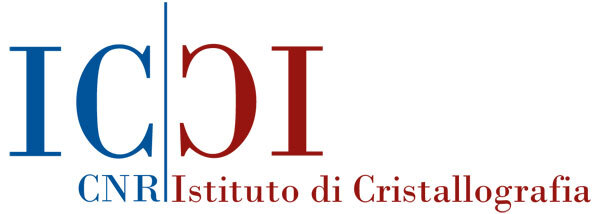Mercoledì del PRIN n.11: Corrado Cuocci/Angela Altomare
Valorization of carbon oxides by sequential catalysis: Combining the reverse water gas shift reaction with catalytic carbonylation for the synthesis of high value added compounds (COXSECAT)
Dr. Corrado Cuocci /Angela Altomare
The COXSECAT (Carbon OXides SEquential CATalysis) project aims to develop innovative homogeneous and heterogeneous catalytic systems for the indirect chemical valorization of CO₂. The process involves catalytic reduction of CO₂ with hydrogen to CO via the reverse water gas shift reaction (RWGSR), followed by in situ sequential carbonylation of organic substrates to produce high-value carbonylated compounds. This strategy combines CO₂ reduction with advanced organic synthesis, offering significant environmental and socioeconomic benefits. The catalytic systems will use transition metals—such as palladium for carbonylation and rhodium, ruthenium, or more affordable first-row metals for RWGSR—and will be applied to various substrates, including olefins, aryl halides, and acetylenes.
Keywords: Carbonylation, CO₂ valorization, catalysis
A bottom/up approach for the study of the crystal structure of sustainable and eco-friendly polymers and the relationships with properties – ECOPOLYCRYS
Dr. Corrado Cuocci /Angela Altomare
The ECOPOLYCRYS (ECo-friendly POLYmer CRYstal Structure) project focuses on investigating the crystal structure and related properties of sustainable and eco-friendly polymers using advanced X-ray diffraction techniques. In addition to conventional reciprocal-space methods, the project will develop and apply direct-space approaches based on global-optimization algorithms like Simulated Annealing. ECOPOLYCRYS aims to determine accurate polymer crystal structures through computational modeling, integrating data from techniques such as solid-state NMR and electron diffraction. Key research areas include biodegradable and biobased polyesters, and poly(2,6-dimethyl-1,4-phenylene oxide) (PPO), a nanoporous thermoplastic with potential applications in environmental technologies such as pollutant removal, molecular separation, and sensing. The project also seeks to optimize crystallization conditions for better structural analysis and material performance.
Keywords: Sustainable polymers, crystal structure, X-ray diffraction


